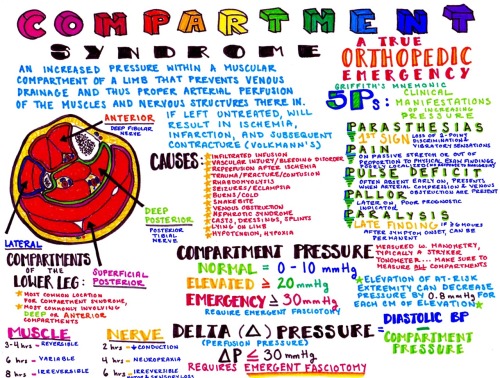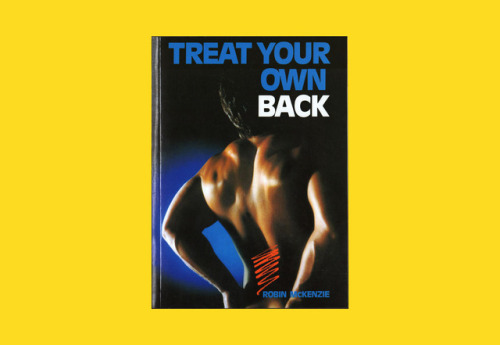#orthopedics
Hey everybuddy! Today’s offering is another awesome guest post, this time by the lovely @911nmg, who’s been kind enough to share a story about chronic dislocations and joint weakness in the foot and ankle!
Dislocations are one of the most frequent injuries suffered by heroes in the action department, particularly in detective movies like the Lethal Weapon series. But the reality of living with loose joints and chronic dislocations is slightly less flashy than what we see on TV.
Remember that, because this is someone else’s life experience, I necessarily cannot verify everything that’s in the post, but it’s also very much not my place to censor what other people say about their own lives.
Thanks again to @911nmg for the gracious guest post and for being willing to share your story with us! Take it away!
xoxo, Aunt Scripty
Hi there!
I’ve been scrolling through the dislocation tag and found out not much has been asked about feet, so I wanted to give my story with it.
Since I was little I showed signs of having articular hypermobility, a benign alteration of the composition of muscles and tendons that allows for extra range of movements of the joints. I was thrilled with it because I wanted to be a dancer but it actually prevented me from becoming one.
At age 5 I had already had three shoulder dislocations (I wanted to cross the street without looking and my parents grabbed me so I wouldn’t get run over by a car, that was all it was needed for the joint to pop out) and a wrist one (fighting over a teddy bear) but one day in summer, running to get to beautifull purple flowers, both my right and my left foot popped out.
In the moment it wasn’t that bad, my dad put them back in place and I got two ankle bracelets, but over time it got worse, I kept on dislocating my right foot over and over, at school, in the park, on dance class, it was so common I actually learnt how to put it back on place myself.
At age ten however I was running on gym at school and I suddenly fell and I couldn’t get back up, my parents were informed and an ecography and scan later my doctor resolved I had scars on the peronean ligaments and I had to quit sports (just about a week after starting pointe shoe lessons).
Nevertheless it got worse and by age fifteen I was diagnosed with chronic pain, still I tried to live my life normally (do sports, wear high heels, go dancing all night) but at eighteen I was limping my way through life and I had to take pain killers everyday, so, I was put on intensive phisiotherapy.
We tried everything from thermo and criotherapy, passing through electric pulses, to good old fashioned masotherapy, I was given a lot of feet exercises to do, including balancing exercises with my bodyweight on a bosu balance trainer.
Today I’m 21, I have chronic pain but is manageable with ice, heat, exercises and the ocassional pain killer. All my shoes (including heels) are approved by my orthopedic doctor, I’m forbiden from doing high impact sports (so no step, or zumba, or running for me) and the occasional ones I do (skating and skiing) I strap myself with ankle braceles, ribon, and the closures of the boots so tight I have lost sensibility of my fingers more than once.
The worst thing for me is walking through irregular surfaces specialy sand, because it requires my feet to balance themselves over and over in the region of the ligament scars.
Hope this helps for all future writers out there.
Love your blog aunt scripty!










Ingrid Nogueira is a stunning, 26 year old singer, composer and model from Foz do Jutaí, a small town in the Brazilian state of Amazonas.
Ingrid has been a wheelchair user for all her life because of Congenital Muscular Dystrophy(CMD). In Ingrid’s case, the condition left the muscles around her pelvis without any strength or function. As a result of this, she has never been able to walk, stand, or sit upright independently. She also has a serious deformity in her spine because her pelvis could never support the weight of her upper body.
Every once in a while, Ingrid’s condition surely comes with some challenges, but Ingrid has an exceptionally positive attitude so she isn’t really bothered by these issues. She does admit though that she has been very lucky that her condition isn’t in it’s progressive state anymore and that her upper her body isn’t affected at all. This allows her to live completely independent of others. She is also very happy that she can use a manual wheelchair, which is something she really likes because it accentuates her independency and makes it a lot easier for her to travel as it is much smaller and lighter than an electric wheelchair.
Ingrid has always been a very outgoing person and a good student who has lots of hobbies. She’s very passionate about music, is a gifted guitar player and a beautiful singer. Besides that, she loves fashion, photography and regularly works as a model. In her spare time, she loves spending time with friends and family, visit concerts and going to the beach.
If you’d like, you can check out Ingrid’s Instagram page right here or you can follow her on Facebook by clicking on the link down below!
On a recent shift, I had an adorable little 3.5yo bean who was loving her distraction bubbles while we applied an upper extremity splint for her fracture. She was having an absolute blast, dancing around and chasing her bubbles… unfortunately for us we were chasing her in turn, but overall she ended up having a very enjoyable splint application experience
All you need to know about diagnosing compartment syndrome!!
download all of my medical school cheat sheets here
Post link


